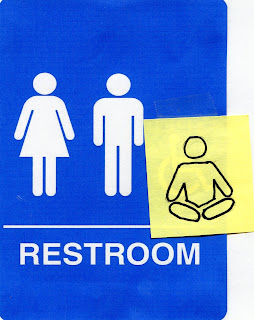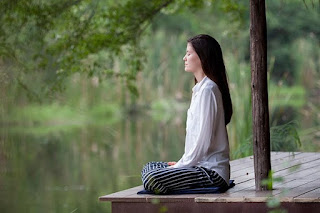Five Minutes in the John. Chapter Six. Final Thoughts

"The act of meditation is being spacious.” – Sogyal Rinpoche Let's review. We are invited to sit in meditation for 15-20 minutes a day for a committed period of time like a month. We are keeping it simple with the 1-2-3 method. Sit. Breathe. Stay. We have reviewed the benefits and the obstacles. All is in order. Maybe I am the only one, but I wonder how meditating started. When did people first sit and why? What were they hoping for? It is speculated that meditation practice may be as old as humanity itself. I imagine early man staring into a fire or up at the stars in the sky. No internet. No TV. No books. So contemplation was basically part of life. You hunted, foraged, ate and sat around the fire until you slept. As life became more organized and less nomadic, spiritual thought and practices developed. India has the oldest written information about meditation, followed by China. No one really knows for sure when it started or why, but we do know this: it offers something ...




